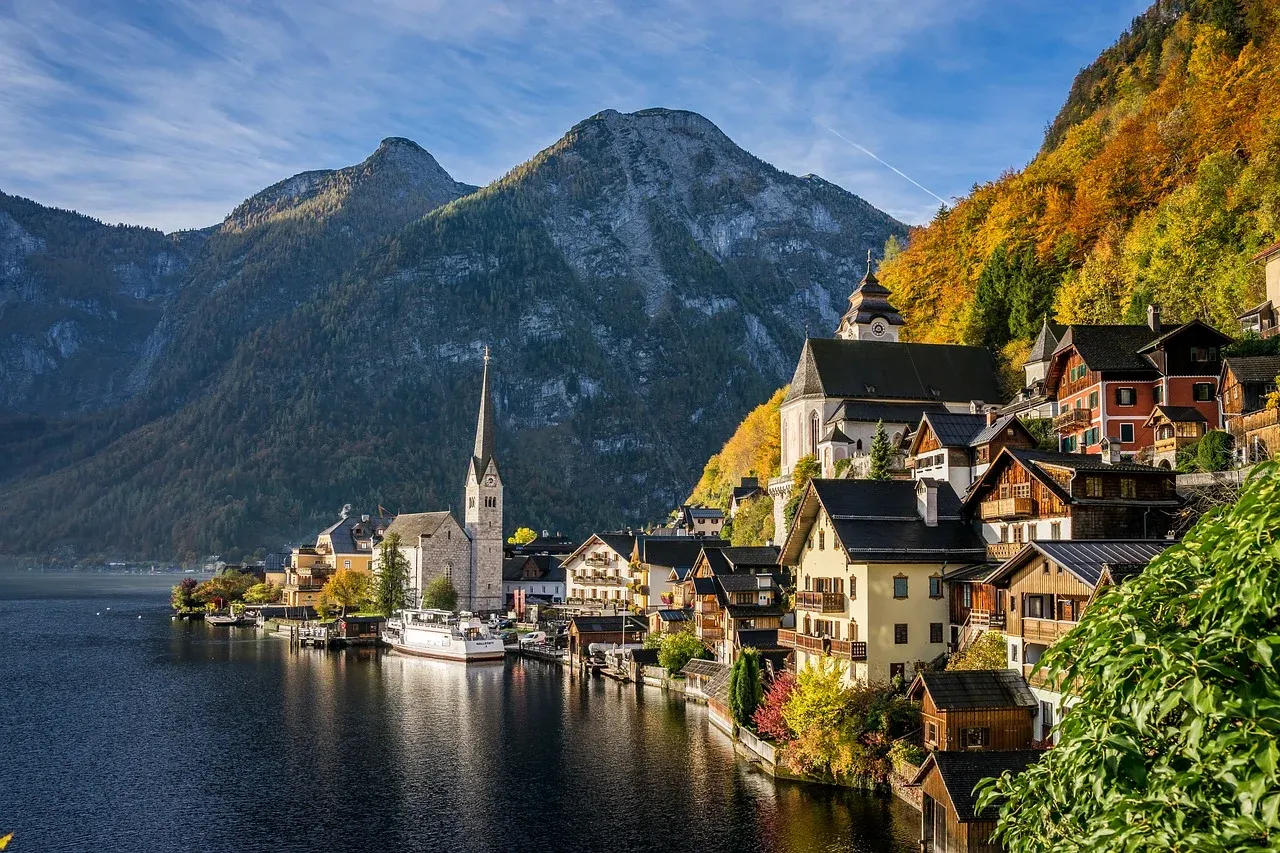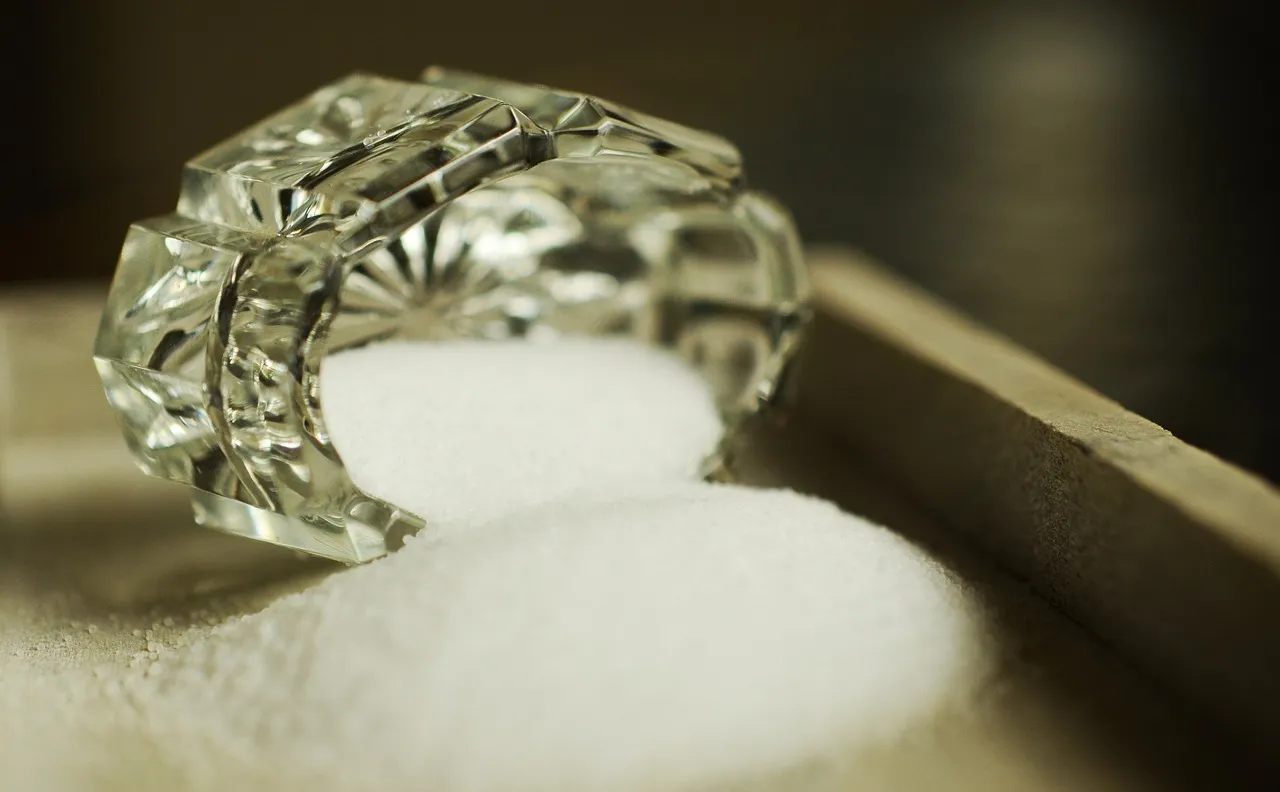Are you worth your salt?
The answer to this question depends on when you lived.
Salt has been used as currency, a garnish, and everything in between. It comes in hues from pink to blue and in intensities from mild to putrid. The phrase "worth one's salt" originates from the Roman legions' remuneration scheme, where soldiers were paid in salt, which became a de facto currency for those without access to denarii or coins.

Salt, the only mineral we mine to consume, is present in every culture on earth. Today's easy access does not reflect the lengths our ancestors went to obtain it. Records dating back 6,000 years from Egypt show that salt's properties as an ingredient and preservative were highly valued. Salt mines generated wealth, trade, and the ability to preserve surplus food for times of scarcity. Imagine eating a meal without salt today; it's as foreign as a smartphone would be to a caveman.
In Europe, salt use goes back centuries. The Romans ingrained its importance in Western culture, paying soldiers with a "salary" (measure of salt). The Via Salaria was one of many salt roads connecting Rome to the coast, and some consider the salt trade the reason for Rome's founding. As technology spread, salt mines and production appeared all over the continent. Mining, being more reliable than evaporation in northern climates, made the Alps a hub for salt production. The rugged mountains contain numerous salt deposits, which in many ways define the region's political geography today. Cities like Hallstatt, Salzburg, and Salzkammergut are all built on or near Austrian salt mines. Many traditional salt trade routes have become today's highways and rail routes.

The streets and spires of Hallstatt are built on salt. Salt mines in this part of Austria are some of the oldest continuously operating in the world. The wealth from the salt trade firmly placed Hallstatt as a frontrunner for the birthplace of a uniquely Austrian culture. The Alps, with their isolated valleys, were historically prone to tribalism, and endemic cultures developed independently. With the salt mines came trade, connecting huge areas of the Alps and building a cohesive culture.
In a pre-industrial world, controlling the salt trade was equivalent to controlling the oil trade today. In the Middle Ages, salt was referred to as white gold because of its trade value. Hallstatt, in particular, owes its existence to the economic benefits of salt mining. The Hallstatt culture describes a historical group of people who lived on the shores of Lake Hallstatt and began mining salt half a millennium before the Romans pushed north into the Alps. Remaining relevant into the 20th century, Hallstatt was named a UNESCO World Heritage site in 1997 for its natural beauty and cultural significance—all because of large deposits of sodium chloride buried beneath the Northern Limestone Alps.

The importance of salt in our diet today has changed. In the developed world, salt is often consumed in excess, an unsung luxury few fully appreciate. With the modernization of our supply chain, salt has lost some of its luster. Canning and refrigeration have replaced salt as the preferred preservation method. Nevertheless, salted meat and fish sustained European urban centers and sailors in the maritime trade for more than 1,000 years. Salt as a preservative could be said to have fueled the European age of expansion and exploration.

The unassuming white crystalline substance that garnishes almost every dinner table around the world has one of the most interesting histories of anything you could find on that table. The next time you sprinkle some granules on your meal, ask yourself if you are “worth your salt."
